🎨 Artistic Space #5 - Diego Rivera and Mexican muralism
Hello Steemit family!
Diego Rivera (Guanajuato, Mexico, December 8, 1886-Mexico City, id., November 24, 1957)3 was a prominent Mexican muralist of communist ideology, famous for portraying works of high social content in public buildings. Married to Frida Kahlo, he created several murals in different parts of what is now the Historic Center of Mexico City, as well as in the National School of Agriculture in Chapingo,4 and in other Mexican cities (Cuernavaca and Acapulco), North American and South American (Buenos Aires, San Francisco, Detroit and New York).
When we talk about Diego Rivera, we are not only talking about Mexico but also about the history of the American continent, considered one of the promoters of mural art, his work is recognized worldwide and is a reference point for study in many art schools.
This artist was committed to searching for his own aesthetics, disassociating himself from the symbology and iconography of European painting. For this reason he resorted to colonial history and the typical poverty of Latin American countries, his art is a critique of the system of exploitation and the colonial system imposed by the Spaniards.
The muralism
Muralism is characterized by monumentality (some exceeding four hundred square meters), which favored communication with the popular masses; the rupture with the academicist tradition; the assimilation of the European avant-garde (cubism, expressionism) and the integration of revolutionary ideology in painting, which according to them should artistically express the problems of their time.
Rivera was educated at the San Carlos School of Fine Arts in the Mexican capital, where he had moved with his family at the age of 6. Diego then studied for fifteen years (1907-1922) in several European countries (especially Spain, France and Italy), where he became interested in avant-garde art and abandoned academicism. The works of this period reflect a great interest in the synthetic cubism of Juan Gris, in his Parisian period, and a great admiration for the Italian frescoists of the Quattocento, especially Giotto, which motivated his departure from the cubist aesthetic.
In collaboration with other outstanding Mexican artists of the time (Siqueiros and José Clemente Orozco), he founded the painters' union, from which would emerge the Mexican muralist movement, with deep indigenist roots.
During the 1920s, he received numerous commissions from his country's government to create great mural compositions. In them Rivera created a national style that reflected the history of the Mexican people, from pre-Hispanic times to the Revolution; with scenes of vigorous and popular realism and vivid colors. Famous are the scenes of the arrival of Hernán Cortés to the Coasts of Veracruz or his encounter (Hernán Cortés) in Tenochtitlan with the Aztec sovereign Moctezuma.
Diego Rivera's work reached artistic maturity between 1923 and 1928, when he painted the frescos of the Secretaría de Educación Pública in Mexico City and those of the Escuela Nacional de Agricultura in Chapingo.
In the first of these buildings he painted the Mexican people represented in his works and in his festivities. He wanted to reflect the social life of Mexico as he saw it.
Last years:
Rivera thus reflected his adherence to the socialist cause in his murals; in fact, he always reaffirmed his status as a politically committed artist, and was one of the founders of the Mexican Communist Party. He visited the Soviet Union in 1927-28, and back in Mexico, he married the painter Frida Kahlo in 1929, who had been his model.
It was a tempestuous relationship because of Rivera's unstoppable fondness for women (he came to have Cristina Kahlo, Frida's younger sister, as a lover), but the rapport between the two also gave rise to stages of peace and creativity, and the couple's house in Coyoacán would become the center of unique political and artistic gatherings.
Curious facts.
Between 1930 and 1934 Rivera resided in the United States. His work in the inner courtyard of the Detroit Institute of the Arts (1932-1933), where he made an exalted praise of industrial production, stands out. Then he began a large mural for the Rockefeller Center in New York, entitled: "The Man at the Crossroads", in which he painted an allegory in which science and technology gave their benefits to agriculture, industry and medicine, but the inclusion of the figure of Lenin in a prominent place among the representatives of the people, caused a violent controversy in the American press, which ended with the destruction of the fresco, (since Rivera refused to suppress the figure of the Soviet leader).
With some modifications and a new title: "The Man Controlling the Universe," Rivera repainted the same fresco at the Palacio de Bellas Artes in Mexico City in 1934.
Emblematic, controversial and controversial was the life of this self-sacrificing artist at the service of the most needy. His work is an invaluable Latin American art that has been maintained over time, currently there are many artists who have followed the trend of muralism, even taking it to other fields more updated as the graffiti of which I will speak in the next issue.
Thank you for reading 😊


If you liked reading this article, feel free to FOLLOW ME, UPVOTE and RESTEEM! It's always appreciated =D. Thank you all for your support and see you soon for the news flamingirl's adventures!



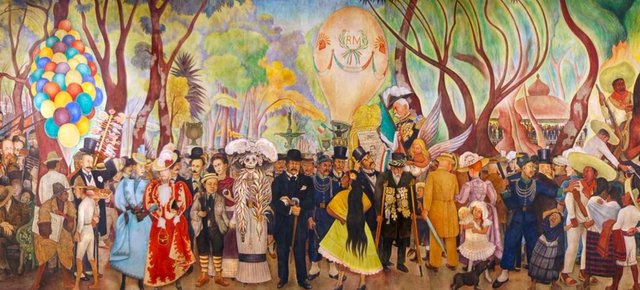
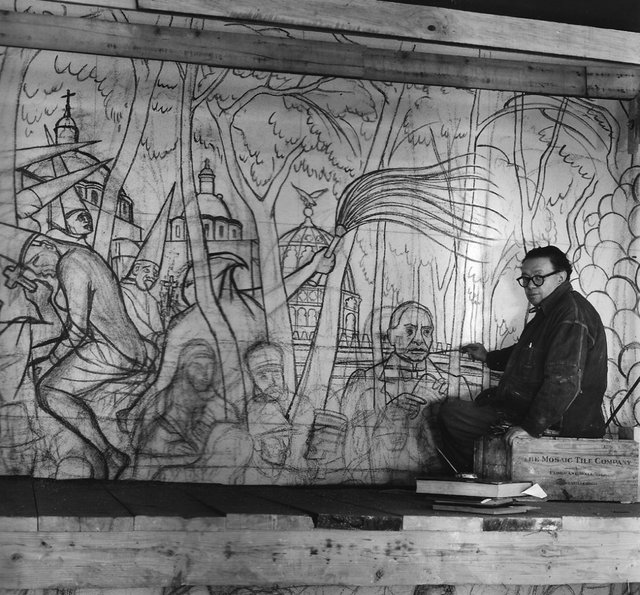
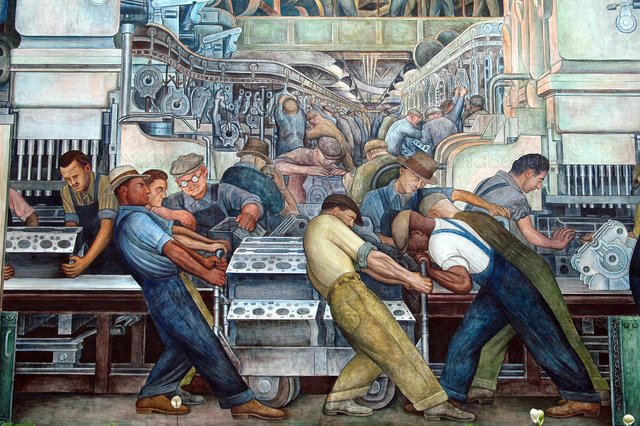
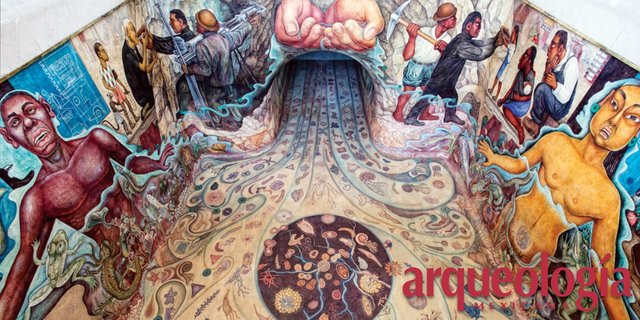
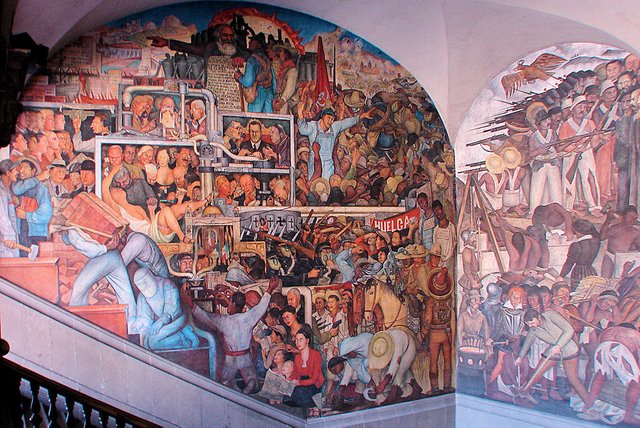
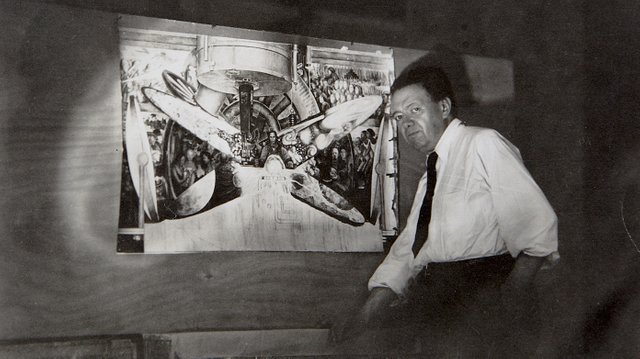
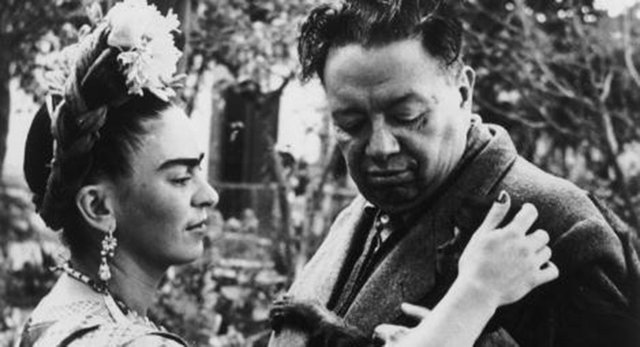
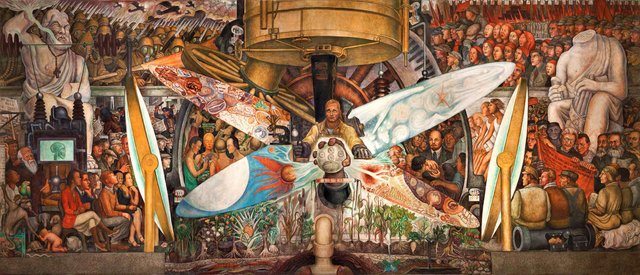
The perfect collage of words and art! I was following his journey and when he married a painter who happened to be Model. 😍
How passionate he was about his art and rest of the things fell in his lap by itself. Thank you for bringging it up.
Posted using Partiko Android
Diego Rivera was a committed artist. He expressed in his works the world as he felt it without ruling out his political stands. He was the spokesman for the needy's condition of exploitation. He was also controversial in his hate-love relation with fellow artist Frida Khalo. Do we have to judge him bad? I don't think so. He was just a human being...
Thanks for sharing this :) I'm also interested in how his life and work affected Frida Khalo's though, that's the real story for me.
I don't relate so much to the interests of men typically.